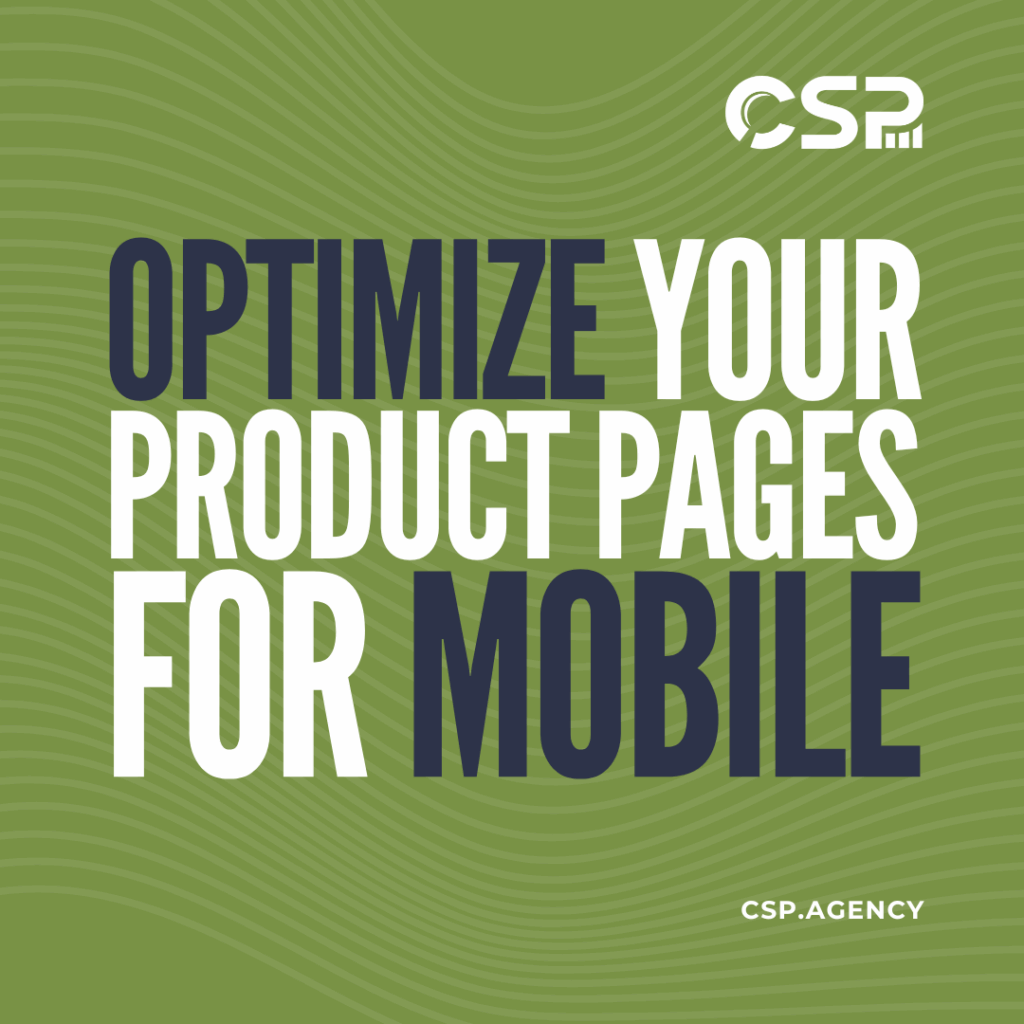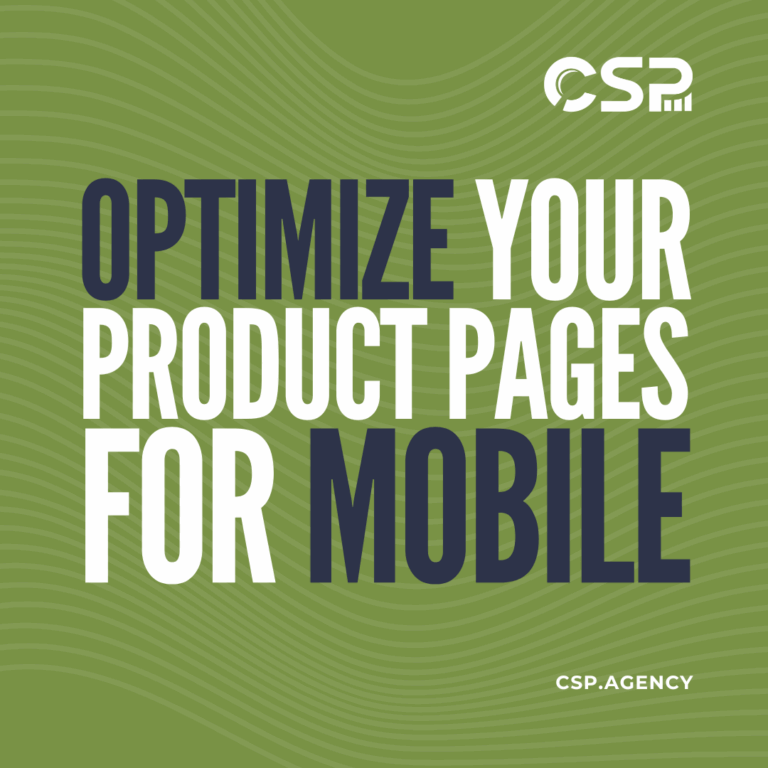Mobile-friendly design has been important for some time now, as anyone in eCommerce will tell you. But what some may not know is that these days, Google predominantly uses the mobile version of a website for ranking and indexing. That means businesses must prioritize their mobile experience.
In this guide, we will outline the key elements of mobile-friendly design so you can optimize the mobile shopping experience on your site. As your source for eCommerce SEO solutions, we are here to help you maximize the effectiveness of all of your online marketing efforts.
Importance of Mobile-Friendly Design
Mobile-friendly design is a must to please search engines and shoppers.
Since Google is prioritizing mobile product design, you need to focus on mobile-friendly design to rank well with search engines. According to Statista, over 50% of online shopping is done on mobile devices, so you want to make sure the mobile shopping experience on your site is ideal.
Key Elements of a Mobile-Friendly Product Page
Effective mobile product design requires adhering to some key principles, including:
Responsive Design
The layout of a website should seamlessly adapt to different screen sizes so that it always looks good and is easy to use. Elements should shift appropriately depending on what device is accessing the site.
Fast Loading Times
According to Google, 53% of mobile users abandon sites that take over three seconds to load. eCommerce sites must load quickly to avoid missing out on potential conversions. Some factors that affect page load times include excessive HTTP requests, lack of compression of website files and images that are not formatted correctly for speed.
Clear And Concise Product Information
Even the biggest smartphone screens only give the user so much screen real estate to work with. Product information needs to be clear and concise to get the point across on smaller screens.
Easy Navigation and User Experience
If users are abandoning sites that take longer than three seconds to load, you can bet they are leaving when they run into navigation issues as well. It’s important to streamline the user’s access to what they want on your site. Make everything clean, easy to use and fast for an optimal experience.
Tips for Product Page Optimization
There are multiple things you can do to optimize product pages for mobile shoppers, including:
Utilizing High-Quality Images and Videos
Many mobile devices feature high-quality displays that show every detail of an image or video. You can take advantage of those powerful screens by incorporating high-quality images and videos that wow viewers. If shoppers have the option between a product with a high-quality image and a product with a low-quality image, they are likely to go for the one that looks the best.
Implementing Clear Call-To-Action Buttons
Call-to-action (CTA) buttons are so important for mobile shoppers. Many are in a hurry and/or distracted by other apps and whatever is happening around them in the real world. They don’t want to have to go hunting for the “Buy” button.
It may seem obvious that CTAs should be clear and easy to access. Unfortunately, it’s a detail that can be missed, especially when you are new to mobile optimization.
Testing And Optimizing for Various Devices and Screen Sizes
There are a lot of different devices and screen sizes out there. Sometimes the only way you can tell how your site will look on various devices is to test each one. The more you can test, the more certain you can be that everyone will have a pleasant experience accessing your website.
Common Mistakes to Avoid
Some of the most common mistakes made with mobile eCommerce design include:
Non-Optimized Images and Content
It’s easy to get complacent when it comes to optimizing images and content. Once you’ve successfully designed a few product pages and they look good, you might expect that you can just repeat the same steps and get the same results. Unfortunately, images and content can be frustratingly inconsistent in the way they appear on mobile devices.
Regular testing of images and content for mobile performance is necessary if you want to be certain that your site will always work as intended on mobile devices. Eventually, you will have a pretty good idea of what will work and not, but even then, periodic testing is required to get the best results.
Complex Checkout Process on Mobile
It’s a major mistake to complicate the checkout process any more than you have to on mobile. Desktop and laptop shoppers are often sitting down, in a dedicated space, and with a certain mindset. In contrast, mobile shoppers could be anywhere doing anything while shopping. Even the slightest inconvenience in the checkout process could be enough to lose a sale.
Lack Of Mobile Responsiveness
Ideally, you don’t want shoppers to know they are using a “specialized” mobile version of your website. Instead, it should be seamless, simple, convenient, and hopefully enjoyable to shop with you on their smartphone or tablet.
Impact on Conversion Rates
Prioritizing mobile design can have significant impacts on not just SEO, but conversion rates as well. Mobile commerce is expected to grow to $3.35 trillion by 2028, which makes now the time to start optimizing for mobile. More and more potential sales are going to come from mobile shoppers.
Keep in mind that successful eCommerce requires consistent updates to maintain conversion rates. Product pages need to stay accurate, and outdated product pages must be removed quickly to streamline sales.
Work with the SEO experts at CSP
If the mobile version of your site is frustrating to use, many shoppers are not going to stick around. Not when there are so many other options to buy the things that they want.
To avoid losing sales, it’s well worth your time to optimize your website for mobile users.
Connect with our friendly SEO specialists today, and let’s work together to create an engaging online shopping journey that maximizes your conversions.

